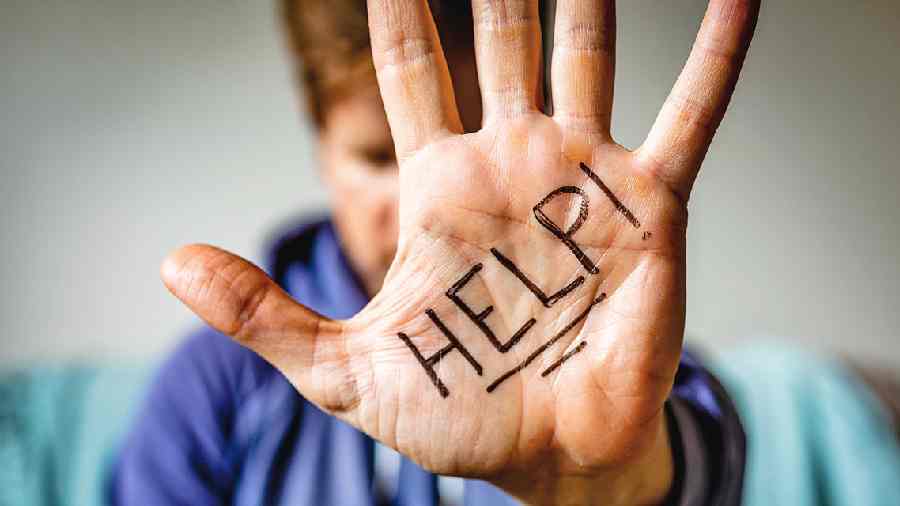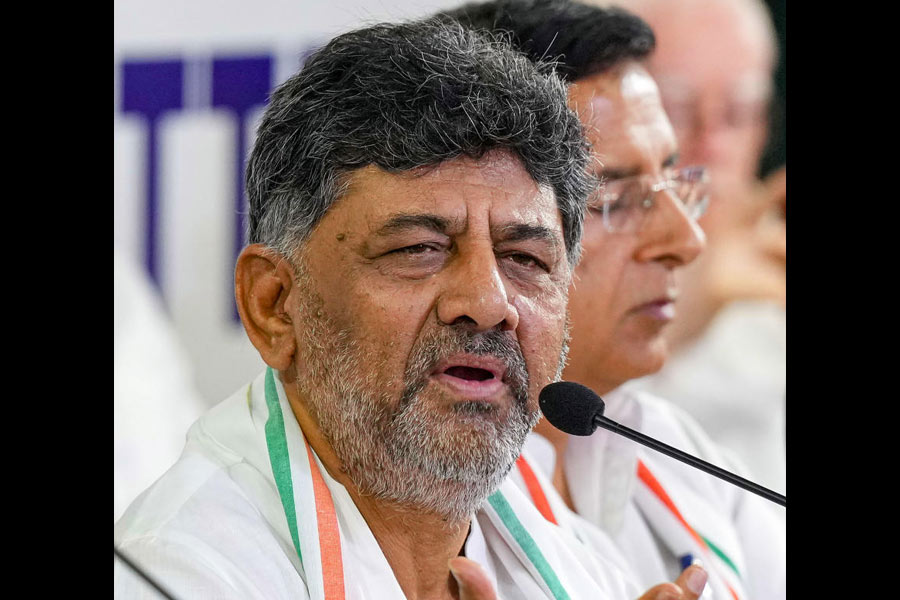Globally, young people (15-25 year olds) are at the highest risk of death by suicide. The World Health Organization names suicide as the fourth leading cause of death among 15-19 year olds. The Global Burden of Disease Study, published in The Lancet in 2016, highlighted that suicide was the most common cause of death in the 15-29 and 15-39 age groups. About 71 per cent of suicides in India are by persons below the age of 44; student suicide forms a bulk of it.
Suicide is a personal and an individual act, but it is governed by a multitude of social and economic factors. Mental illness, especially depression, is one of the prime risk factors. However, the “inevitable link” of mental health condition with every suicide is reductionistic and harmful.
Maya, a Class XII student and IIT aspirant says, “Joining IIT is a dream I cannot leave unfulfilled. I started preparing from Class X. My parents have told me that it is the best place for me. I believe it too. My IIT entrance exam is more important than my Class XII finals.”
While competition is good, embedding this idea of “either you get the best or you are doomed” in young minds is unhealthy and harmful. The medical , engineering and IT professions are still regarded as “superhero jobs” without which one cannot have a fulfilling life. This narrative exists in society at a delusional level, which contributes to this cutthroat competitive craze in students. And once students get into their dream institute, the race gets even more difficult.
Every student tends to get isolated in their own needs, ambitions, submissions and deadlines — losing out on their hobbies, social circles, nutrition, sleep and eventually, life. Not to mention, screen time subsumes a major chunk of the schedule, adding to physical and psychological stress.
Ananya Sinha, clinical psychologist and founder of online mental health platform THERAPHEAL, explains, “Setting standards is fine. The problem lies in the need for achievement to obtain parental love and social validation. Career and performance in premier institutes are linked to selfworth. If these are not met, the students perceive themselves as not ‘good enough’. This increases the risk of self-harm and suicide.”
There are also several other factors involved — adverse childhood experiences, difficult parenting, abuse, bullying, addictions, failure of love affairs, academic pressure, poverty, exam stress, unwanted pregnancy and family conflicts. Added to these is discrimination based on faith, caste and ethnicity, as well as stigma related to mental health, which reduces help-seeking.
So what can be done?
First, there needs to be awareness about mental health at these institutions. Students should be encouraged to talk about their stress and mental health issues. This can only happen in a supportive and empathetic space. There can be no health without mental health. Assignments, career, fame and financial worth are all subjective to a sound body and mind.
Conditions such as depression, anxiety disorders and insomnia need prompt identification and treatment. Sudden change in behaviour, persistent sadness and irritation (usually beyond two weeks), guilt, lack of interest in hobbies, change in sleep and appetite and loss of weight are all red flags to impending depression.
Dr Lakshmi Vijayakumar, consultant psychiatrist and founder of Chennai-based NGO SNEHA that works for suicide prevention, says, “Mainstream media sensationalises student suicide cases sometimes. In such cases, vivid descriptions of the method of suicide stay in some people’s minds. There is more than enough evidence to suggest that sensationalist reporting can result in copycat suicides in the youth and even exacerbate them.”
“Besides, social factors are immensely important. Not every case of student suicide can be linked to a mental health condition,” she adds.
De-criminalisation of suicide has been a major step forward. Premier institutions now need to create a student-friendly environment where academic goals are aligned with life-goals, fostering healthy relationships and meaningful social participation. Students need to be screened for mental health and those at-risk monitored and encouraged to seek professional help. There should be student counsellors, group therapy and peer support. Anti-ragging guidelines need strict implementation. Most important, institutions should promote emotional growth and creativity for students and teachers alike, instead of a commercially-driven, theoretical academia.
Only then can impulsive ending of young lives be halted.
Digital detox
Take a break from books and the smartphone and...
- Nurture your hobbies
- Relax (gym/exercise/yoga)
- Ensure a healthy diet
- Build social circles
- Share your stress
- Seek professional help when needed
The writer is a consultant neuropsychiatrist based in Kolkata











